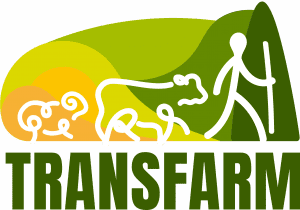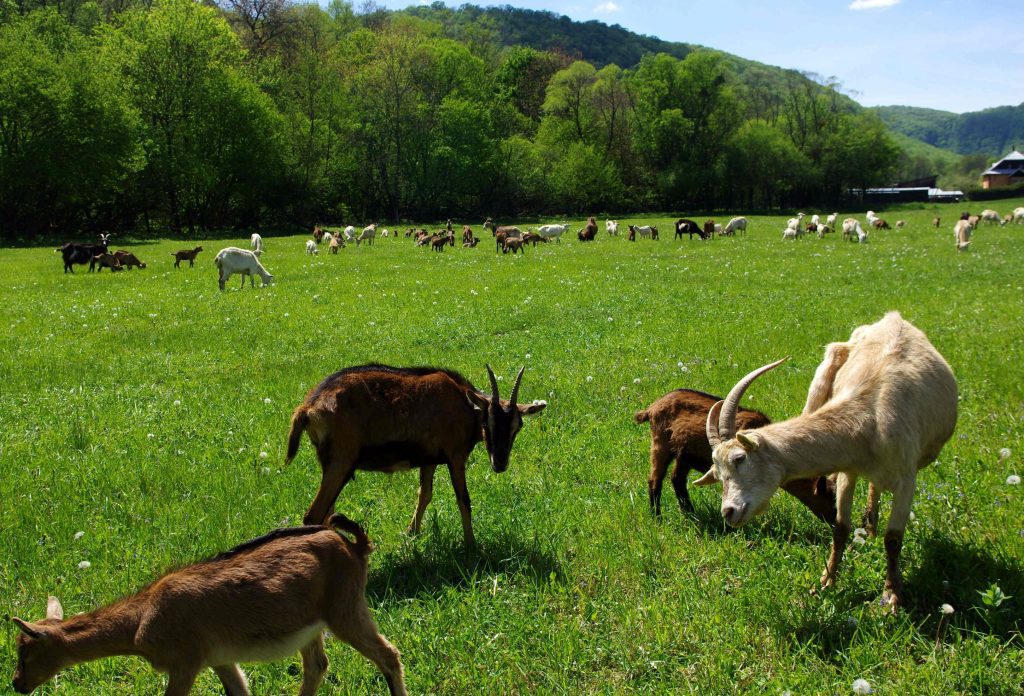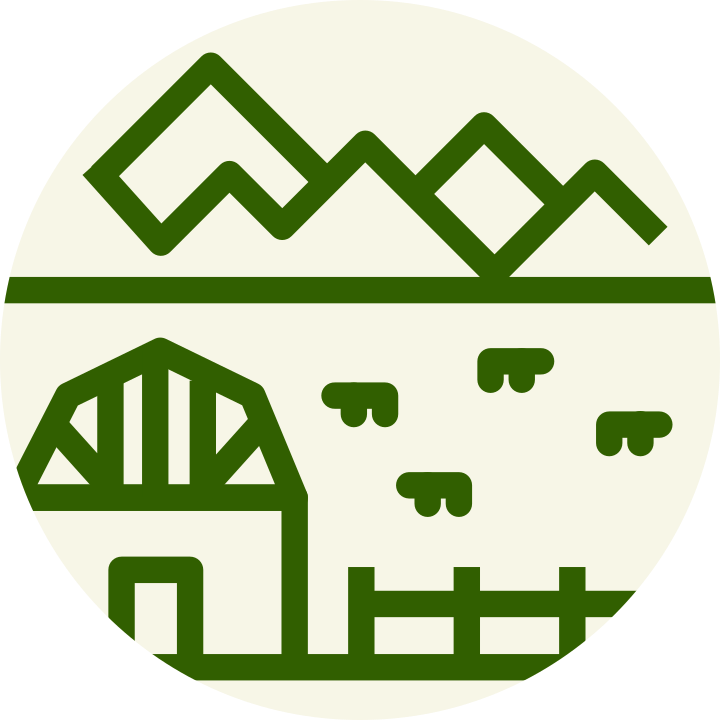The Biofarm is an example of a cooperation between the administrative body of a national park (the Slovak Karst) and a business entity. The goal of raising goats is ecological grazing. Grazing maintains pastures with a varied composition of herbaceous species and protected plant species. The pastures in the valley of the Turňa Creek located under the Silica Plateau are an important element of the landscape character. The valley is the gateway for tourists to the karst plateau.



